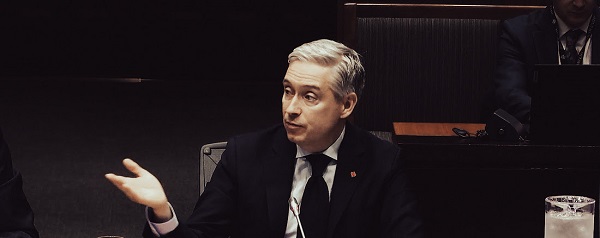Carbon Tax
Carney picks up Trudeau’s net-zero wrecking ball
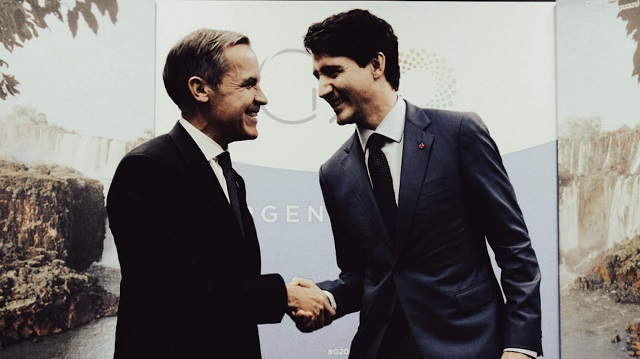
This article supplied by Troy Media.
 By Gwyn Morgan
By Gwyn Morgan
With Mark Carney in charge, Canada’s self-destructive energy and emissions policies are about to get worse
Justin Trudeau’s carbon taxes and net-zero crusade crippled Canada’s economy and doubled the national debt. Now, voters have handed the reins to
someone just as committed to net zero, but more cunning and better connected to the global ecozealot establishment. His devotion to global climate
orthodoxy and emissions reduction policies will take Trudeau’s economic damage to the next level.
Mark Carney isn’t a fresh start—he’s a polished continuation of the same destructive agenda. As cochair of the Glasgow Financial Alliance for Net Zero
(GFANZ) and former UN special envoy for climate action and finance, he’s deeply embedded in the international climate establishment.
GFANZ is a global coalition of banks, insurers and investment firms that aims to push trillions of dollars in private capital toward net-zero goals, often by pressuring companies to abandon fossil fuel investments.
Net-zero policies, in theory, aim to balance carbon emissions with carbon removal efforts. In practice, they’ve meant higher carbon taxes, expensive
subsidies for unreliable wind and solar, and aggressive restrictions on Canada’s oil and gas sector.
Trudeau’s widely unpopular consumer carbon taxes were quietly scrapped to ease Carney’s path to power, but the taxes didn’t disappear. He simply shifted the burden to manufacturers, where it’s hidden from voters but still raises prices. Now, businesses take the blame while the Carney government escapes scrutiny.
Carney’s elite financial background leaves him out of touch with ordinary Canadians struggling to feed their families and small business owners
working 14-hour days to meet payroll. To him, they’re just part of the carbon-emitting masses ruining the planet.
He now claims he wants to make Canada both a “conventional” and “clean” energy superpower. But in both cases, that ship has already sailed, despite the roadblocks his allies helped build.
On the conventional side, Canada’s 171 billion barrels of proven oil reserves rank third in the world. We produce 5.1 million barrels per day, fourth globally, and have vast untapped natural gas resources ideal for LNG exports.
Oil and gas are the bedrock of our economy, funding equalization payments, generating foreign exchange and supporting the Canadian dollar. The Canadian Association of Petroleum Producers reports the sector contributes over $70 billion to GDP annually, pays $94 billion in taxes and royalties, and will see $40 billion in capital investment in 2025—more than any other industry.
The industry supports 900,000 direct and indirect jobs across engineering, environmental technology, safety, finance and construction. Oil and gas exports top $100 billion annually, making up 20 per cent of Canada’s trade balance.
Yet much of Quebec’s oil still comes from Saudi Arabia, Algeria and Nigeria via foreign-flagged tankers sailing up the St. Lawrence. Despite Canada’s vast reserves, Quebec relies on foreign oil because no pipeline connects Western producers to Eastern refineries, largely due to political and regulatory
roadblocks.
Carney claims to support building a pipeline to Quebec, but that would require fast-tracking approvals and lifting the Trudeau-era emissions cap. This federal policy limits total emissions from the oil and gas sector, effectively capping production growth regardless of market demand or infrastructure needs.
After meeting Alberta Premier Danielle Smith on March 21, Carney told reporters: “The emissions cap is there for a reason… getting investment emissions down from the production to transmission of conventional oil and gas … the issue is getting investments down.” Translation: Don’t start ordering pipe just yet.
As a former oil and gas CEO, I spent 16 years trying to protect our industry from the first Trudeau. Then came Justin. Now we have Carney, and—as John Fogerty, the legendary frontman of Creedence Clearwater Revival, once put it—it’s “Déjà Vu All Over Again.”
On the clean energy front, Canada already leads. According to the Canadian Centre for Energy Information, 82 per cent of our electricity comes from nonemitting sources like hydro, wind, solar and nuclear. That makes us a clean energy superpower by any global standard. Carney should be thrilled, and taxpayers should be relieved.
But that’s not enough for the climate elite. Carney, like Trudeau, ultimately wants to eliminate fossil fuels.
Canadians have already endured a decade of net-zero policies: rising costs, stagnant productivity and GDP per capita that has collapsed to just 55 per cent of the U.S. level. Meanwhile, the national debt has doubled.
So what exactly has all this sacrifice accomplished?
China, India, Russia and the United States emit a combined 22,967 megatonnes of carbon annually. Canada emits just 575. If we shut down our entire economy tomorrow, those countries would make up the difference in nine days.
Pierre Poilievre promised to scrap the carbon tax and fast-track pipelines and LNG development. Instead, voters chose the GFANZ co-chair and UN climate envoy.
It’s going to be a long, difficult four years for a country blessed with some of the world’s greatest natural and human resources, yet determined to squander them.
Gwyn Morgan is a retired business leader who has been a director of five global corporations.
Troy Media empowers Canadian community news outlets by providing independent, insightful analysis and commentary. Our mission is to support local media in helping Canadians stay informed and engaged by delivering reliable content that strengthens community connections and deepens understanding across the country
Alberta
Taxpayers: Alberta must scrap its industrial carbon tax

-
Carney praises carbon taxes on world stage
-
Alberta must block Carney’s industrial carbon tax
The Canadian Taxpayers Federation is calling on the government of Alberta to completely scrap its provincial industrial carbon tax.
“It’s baffling that Alberta is still clinging to its industrial carbon tax even though Saskatchewan has declared itself to be a carbon tax-free zone,” said Kris Sims, CTF Alberta Director. “Prime Minister Mark Carney is cooking up his new industrial carbon tax in Ottawa and Alberta needs to fight that head on.
“Alberta having its own industrial carbon tax invites Carney to barge through our door with his punishing industrial carbon tax.”
On Sept. 16, the Alberta government announced some changes to Alberta’s industrial carbon tax, but the tax remains in effect.
On Friday night at the Global Progress Action Summitt held in London, England, Carney praised carbon taxes while speaking onstage with British Prime Minister Keir Starmer.
“The direct carbon tax which had become a divisive issue, it was a textbook good policy, but a divisive issue,” Carney said.
During the federal election, Carney promised to remove the more visible consumer carbon tax and change it into a bigger hidden industrial carbon tax. He also announced plans to create “border adjustment mechanisms” on imports from countries that do not have national carbon taxes, also known as carbon tax tariffs.
“Carney’s ‘textbook good policy’ comments about carbon taxes shows his government is still cooking up a new industrial carbon tax and it’s also planning on imposing carbon tax tariffs,” Sims said. “Alberta should stand with Saskatchewan and obliterate all carbon taxes in our province, otherwise we are opening the door for Ottawa to keep kicking us.”
Business
Mark Carney’s “Worst of All Possible Worlds”

 Matthew Ehret
Matthew Ehret
Originally published on Pluralia
Is it possible that Canadian Prime Minister Mark Carney has selected the worst of all possible pathways in his tight-rope balancing effort to resolve severe tensions with the USA on the one hand, while simultaneously increasing trade/security relations between Canada and the EU?
The incredible untapped resource potential of Canada, fused with a vast northern territories, undeveloped lands, and low population levels makes Canada a living embodiment of potential and value for the entire world.
If a spirit of genuine multipolarity, cooperation, and future-oriented thinking were alive among policy making circles of Ottawa, then there is no doubt that Canada could offer much to the world both in terms of resources, energy, and ingenuity. The vast Arctic, which Canada shares with partners like the USA, several European states, the Russian Federation (and near Arctic partners like China), provides an opportunity for dialogue, scientific cooperation, and economic development, the likes of which humanity has never seen.
Sadly, a different spirit is currently shaping Canadian policy, which lacks that positive vision.
Carney’s Canada–EU Integration Gambit
On June 23rd of this year, Mark Carney signed the Canada European Strategic Partnership for the Future on the basis of increasing trade and security relations with the European Union.
Despite proposing to increase Canada–EU trade and Canada energy/mineral exports to the EU, the program is entirely driven by a military agenda, which sadly threatens the lives of all Europeans and Canadians alike. The “Strategic Partnership” moves in tandem with another pact enmeshing Canada into the $800 billion Re-Arm Europe plan and additionally ties Canada into the Security Action for Europe (SAFE) program. The ironically-named “SAFE” program serves as a sort of “World Bank,” specifically designed for building up the military defense capabilities of participating nations.
Capitalized with $235 billion, this fund allows the European Union to take loans out at preferential rates and then extend those loans to all European (and soon possibly Canadian) members who may then invest in military industrial capabilities while simultaneously evading the 3% of GDP debt ceiling imposed on all EU nations.
With Trump’s recent appeal to EU states to increase their NATO spending to a dizzying 5% GDP, it appears that both SAFE and Canada’s participation in the EU War gambit are two vital parts of solving this bewildering challenge.
The new Canada–EU Strategic Partnership promises to “boost cooperation on maritime security, cyber security, and other threats to peace, expand Maritime security cooperation and coordination activities, increase defense industrial cooperation” and will “increase ties between Canada and The European Defense Agency.”
De-Growth and Militarization: The Challenge of Mixing Water and Oil
After many decades of slow de-industrialization, Europe now finds itself trapped within a paradigm that demands military confrontation with Russia, on the one hand (requiring a robust industrial powerhouse that hasn’t existed in generations), while simultaneously holding firm to the decarbonization program outlined by Agenda 2030, Paris Accords, and EU–Canada Green Alliance.
The Fraud of ‘Global Warming’ |
||
|
In a recent article, Defeating the Depopulation Agenda, I took aim at an insidious ideology which has infiltrated society in the form of a movement to ‘protect nature from humanity’. |
||
|
While satisfying both dynamics may be impossible (as decarbonization, carbon prices, and windmills have not been known to enhance industrial growth), the ivory-tower technocrats surrounding the likes of Mark Carney and Mario Draghi appear to believe that this circle can be squared… and hence Canada’s participation in the new plan is vital.
In tandem with Canada’s partnership with the EU, on June 26, 2025 Canada’s Governor General gave “Royal Assent” to the passage of one of the most comprehensive omnibus bills in history called the “One Canada Economy Act” (Bill C5).
This bill sets the stage for the repeal of decades of environmental legislation and the end of all trade barriers, which have held back inter-provincial cooperation for generations. An Ottawa press release stated: “The government of Canada is fulfilling its promise to build one Canadian economy out of thirteen” (referencing the 13 provinces and territories making up Canada).
Despite a backlash of First Nations leaders who have recognized that a cancellation of centuries of treaties is taking place amidst a dictatorial gambit to override their voice in any economic or military plans for Canada, it appears the reset in governance is going forward in full steam.
If this bill had been advanced as a genuine endeavor to create for the first time in history a unified Canada capable of executing top-down mega-projects devoid of red tape (not dissimilar from China’s capacity to wield the forces of the nation state in the building of the Belt and Road Initiative), it would appear that Bill C5 were a truly positive blessing. After all, Canada has never been permitted to have free trade among the provinces since its earliest days and has thus been kept artificially underdeveloped and divided within itself, so an end to this unfortunate fate would be most welcomed.
However, when we are reminded that a logic of Orwellian geopolitics is shaping the new emerging iron walls and AI-driven-space-based warfare is now threatening world peace, then a more dystopic reality presents itself.
Not Just Canada: Three of Five Eyes Go for a Eurotrip
However, it is not only Canada that is being drawn into this new dystopic vision of an Eastasia, Eurasia, Oceania division of the globe, but other British Commonwealth nations have also been brought onboard with simultaneous Strategic Partnerships with the EU, beginning with the UK–EU Strategic Partnership, first announced in April 2025, and followed weeks after by an Australian–EU Strategic Partnership, which reads like a replica of the Canada–EU pact.
In all three Commonwealth/Five Eyes pacts with the EU, we find a special focus on intelligence sharing, minerals exports, cybersecurity, countering disinformation, and military industrial/national cooperation enhancement.
But does Canada’s re-alignment with the EU indicate that Ottawa’s relations with Washington are truly as dismal as some have been led to believe, or is there evidence of another game afoot?
The Golden Dome
Beyond the threats of tariffs, the shattering of rules-based order, and US ambition to acquire Canada as a 51st state, another more insidious war plan has emerged in the form of a $540-billion continental defensive shield, first announced as an Israeli-modelled “Iron Dome” for North America by Trump in January of 2025.
Rebranded “The Golden Dome” after its first two weeks of dismal publicity, both Mark Carney and leading strata of Canada’s defense establishment have shown themselves to be remarkably in favor of the integrated “defensive” security shield, which calls for surrounding North America with medium- and long-range ballistic missiles, space-based weapons, and integrated AI command systems.
This shouldn’t be entirely surprising, since it was only in April 2024 that then-Prime Minister Justin Trudeau (advised by Mark Carney and Chrystia Freeland) approved a Canadian Arctic Defense strategy upgrade permitting for the first time in history long-range missiles installed in Canada’s high Arctic.
The Golden Dome appears to simply be the next logical step.
Instead of showcasing his typical nationalist bravado in opposition US jingoism, which served him well in winning the latest Canadian elections, Carney has shown himself to be in favor of Canada’s participation in the Golden Dome, which will cost Canadian tax-payers approximately $100 billion, according to current estimates.
After meeting with President Trump and Defense Secretary Pete Hegseth on May 21, Carney stated: “We are conscious that we have an ability, if we so choose, to complete the Golden Dome with investments in partnership. And it’s something that we are looking at, and something that has been discussed at a very high level.”
Carney ended by stating: “Is it a good idea for Canada? Yes, it is good to have protections in place for Canadians.”
On June 10, CBC (the official state broadcasting service of Canada) featured a report outlining ongoing secret meetings being held between Ottawa and Washington policy makers to craft a final agreement on the Golden Dome says the draft agreement now under negotiation states “that Canada is willing to participate in the Golden Dome security program, originally proposed by U.S. President Donald Trump… It also mentions Canadian commitments to build more infrastructure in the Arctic, Canada’s pledge to meet its NATO defense spending targets, as well as previously announced border security investments.”
It is clear that a vast re-alignment of global relations is now underway, and it also appears that a consensus has been reached to adapt to a multipolar model… at least for a limited time. However, the word “multipolar” does not mean the same thing to everyone.
While a multipolar model premised on inter-civilizational cooperation and respect for the UN Charter would be a blessing for all nations, it appears increasingly likely that the pilots at the helm of the trans-Atlantic ship have read their George Orwell and prefer to live according to the rules of the jungle instead of embracing a more civilized identity at this stage of history.
-

 Alberta1 day ago
Alberta1 day agoFact, fiction, and the pipeline that’s paying Canada’s rent
-
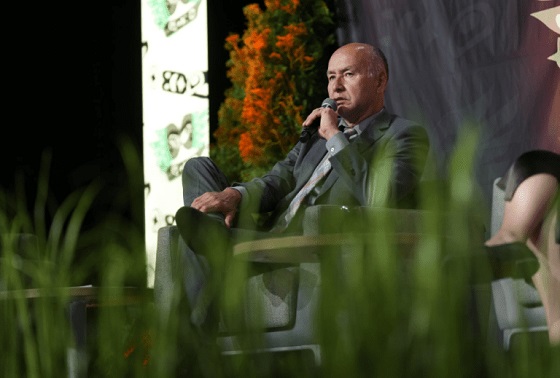
 Energy2 days ago
Energy2 days agoIn the halls of Parliament, Ellis Ross may be the most high-profile advocate of Indigenous-led development in Canada.
-
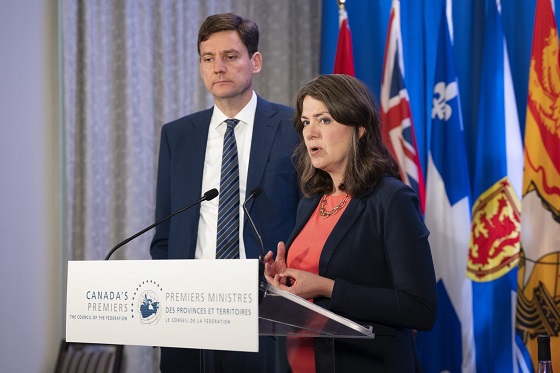
 Energy2 days ago
Energy2 days ago“It is intellectually dishonest not to acknowledge the … erosion of trust among global customers in Canada’s ability to deliver another oil pipeline.”
-

 Aristotle Foundation2 days ago
Aristotle Foundation2 days agoEfforts to halt Harry Potter event expose the absurdity of trans activism
-
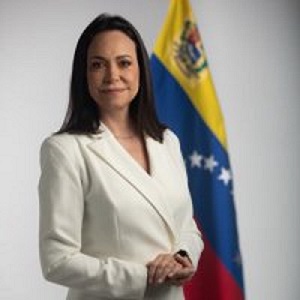
 International21 hours ago
International21 hours agoTrump gets an honourable mention: Nobel winner dedicates peace prize to Trump
-
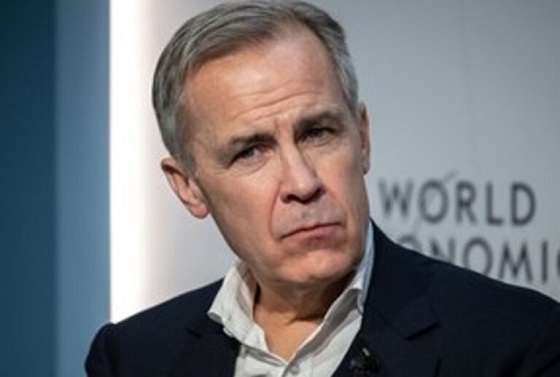
 Business13 hours ago
Business13 hours agoCarney government plans to muddy the fiscal waters in upcoming budget
-
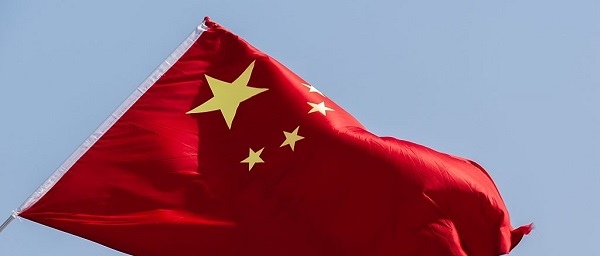
 Business21 hours ago
Business21 hours agoTrump Warns Beijing Of ‘Countermeasures’ As China Tightens Grip On Critical Resources
-

 Bruce Dowbiggin2 days ago
Bruce Dowbiggin2 days agoCanada’s Humility Gene: Connor Skates But Truckers Get Buried





